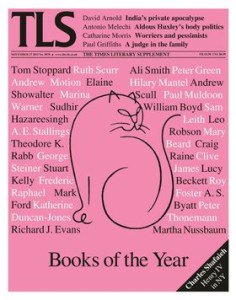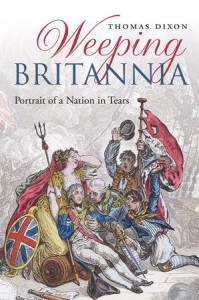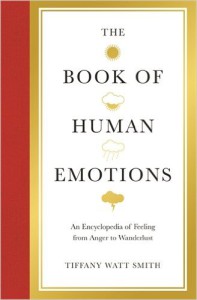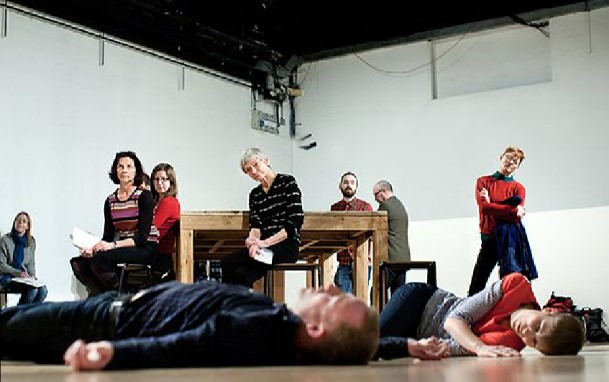 Dr Sarah McNamer (Georgetown University) will deliver the fourth annual History of Emotions Lecture at Queen Mary University of London, to be followed by a drinks reception.
Dr Sarah McNamer (Georgetown University) will deliver the fourth annual History of Emotions Lecture at Queen Mary University of London, to be followed by a drinks reception.
The Arts One building is number 37 on this campus map.
The event is free but registration is essential – please register for your place on Eventbrite.
‘The Poetics of Emotions in History’
Literature is, on the face of it, the richest archive of the emotions in history. Yet the history of emotion as a field has tended to approach literary texts – with the exception of social realist fiction – with caution, as if the very features that make texts “literary” make them less reliable as witnesses to how emotion was produced, experienced, and practiced in the past. How can we move beyond this limitation and make better use of literature as source for the history of emotion? This lecture advocates closer attention to poetics, to the formal features and sensuous surfaces of literary texts as essential clues to how they operated in history. It does so through a close look at a particular example: that exquisite medieval English poem of love and loss, Pearl, in the context of what remains one of the most central and compelling questions in the history of emotion: did premodern parents grieve for their very young infants, and if so, how?
Attending to Pearl’s poetics – its rhythmic complexities, its metaphorical extravagance, its manifest swerves from a realistic aesthetic – can paradoxically lead us to a more rigorous historical understanding of this poem and its purpose. Indeed the poetics of emotion in Pearl suggest that the elusive Pearl-poet wrote at the royal court for the family of Edward III, scripting the affective aspirations and promoting the dynastic ambitions of this particular emotional community. Pearl, I argue, served not only to cultivate grief for a royal infant, a granddaughter of Edward III, but, in doing so, helped to forge a cult of the affective family — a cult that could, in turn, serve Edward III’s chief political ambition: the creation of a glorious new Plantagenet dynasty. The poetics of emotion, then, serves to expose the politics of emotion in this case. The lecture concludes by gesturing towards other promising conjunctions of poetics, emotion, and politics in other historical periods.
 Dr Thomas Dixon appeared twice recently on BBC Radio 4 to discuss his research on the history of tears and emotions. He spoke at the conclusion of a special edition of The Film Programme marking the 70th anniversary of Brief Encounter. Then, on All in the Mind, he discussed the history and science of tears and health with Claudia Hammond, including a recent Mind campaign about crying and anxiety.
Dr Thomas Dixon appeared twice recently on BBC Radio 4 to discuss his research on the history of tears and emotions. He spoke at the conclusion of a special edition of The Film Programme marking the 70th anniversary of Brief Encounter. Then, on All in the Mind, he discussed the history and science of tears and health with Claudia Hammond, including a recent Mind campaign about crying and anxiety.


 A feature by Dr Tiffany Watt Smith of the QMUL Centre for the History of the Emotions is
A feature by Dr Tiffany Watt Smith of the QMUL Centre for the History of the Emotions is 

